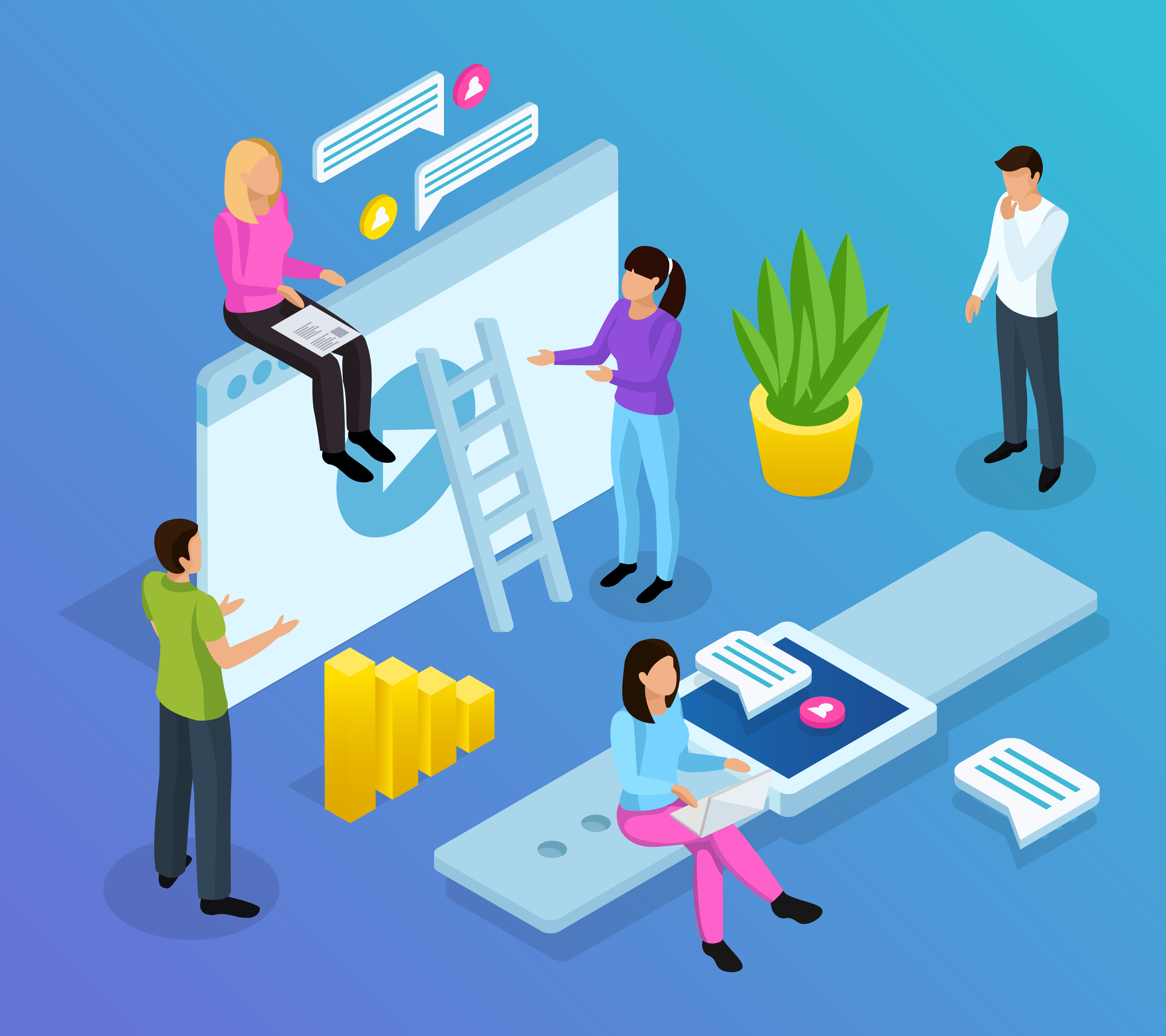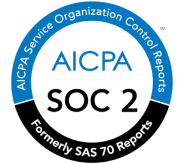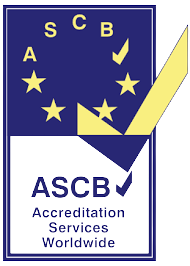Table of Content
Introduction
Deloitte has recently predicted five of the topmost human resource tech trends in demand. All of these trends involve serious innovation across systems, processes, and talent management.
To prepare yourself for this year’s high-quality trends in the HR world, read the blog post ahead. It contains all the information related to these HR trends and ways to implement them effectively in your organisation.
Want to skip this post?

What Are The 7 Human Resource Tech Trends To Follow This Year?
- Generative AI tools and systems for HRs to speed up operational excellence
Leverage and optimise the regular usage of AI tools like AI Suggest, Chatbots, automated workflow engines, HR Calculators, and CV Parser. All such HR tools and more are available with uKnowva HRMS.
This tool kit is going to change the way you operate in 2024 and beyond. Within seconds, you can do the power work of 15 hours like:
- Creating job, role, salary, and KRA templates within seconds.
- Ensuring to create a checklist of updated skills for every job profile with AI Suggest.
- Finding the updates probation confirmation questions to ask and evaluate your new hire accordingly.
- Profiling heaps of resumes within seconds or minutes with a CV parser and removing unconscious bias from the hiring and onboarding process.
- Automating the workflow engine to bring more efficiency in your requests, approvals, reminders, and engaging emailers or conversations with the staff.
- Checking up your current HR process maturity and enabling future-proofed solutions with a click of a button on the HR calculator.
- Paperless HR systems delivering personalised experiences
Install and independently use intelligent HR management software in your organisation to go paperless. Do not work on the traditional and time-consuming Excel workbooks anymore.
This is going to be the norm this year, so it can end up delivering a personalised experience to every staff member across borders.
Organisations are going to set up their HRMS portals for better brand positioning and recall, delivering recommendations and unlocking personalised benefits plans can be fast, easy, and secure on the HRMS software for the staff working remotely.
- Total workforce intelligence is to lead the talent management strategies
The more focus will be on the total workforce intelligence (TWI) enabled by the collective efforts of everyone in the organisation. That puts immense focus on relational and people analytics.
Without diving deeper into who all work effectively with one another, calculating the improvement of the TWI will seem impossible.
However, with the improvements in the TWI, HR managers can make more strategic goals and milestones for the entire business unit to achieve in the coming months or quarters.
Also, if the TWI score drops down to the expected level, it will be a hint for the HR managers to roll out a training and learning program.
This will improve the collective and coherent power of the entire deployed staff to work in unison, be on the same, and keep organisational targets in line with personal goals.
- Mobile-enabled workplaces for deskless workers
More often organisations are working with remote workers, freelancers, and deskless staff/workers.
They cannot always be tech-savvy or easily available behind the desk to mark their leaves and attendance, check their timesheets, download their pay slips, and ask for a raise or a tool.
So, the immense importance of mobile-enabled HRMS software is going to be one of the human resource tech trends this year. This will improve the quality of work life for deskless and on-field workers.
With the streamlined structure of daily work transactions, knowledge touchpoints, and internal comms with anywhere accessibility, workplaces will be more mobile.
These workers can reach their dedicated support/customer team, HR team, or admin team with a click of a button. The location of their current meeting will not be as important as their closing deals, bringing more precisions to their processes and tasks, etc.
- Green workplace practices for sustainable growth of the digital workforce
Building a sustainable workplace for the future generation is more important in a hype-sensitive environment. This puts pressure on the organisation owners and employers to make a conscious effort and provide anywhere accessibility.
That means going as greener as possible for HR and employee data management initiatives. This goes for providing:
- Virtual biometric attendance management
- Handy leave and holiday management
- Online request and reimbursement claims
- Digital loans and advances with investment declarations
- Paperless task and timesheet management
- Digital onboarding to offboarding practices
- Interactive social intranet
- Dedicate helpdesk with enabled chatbot functionality
All such features and more help the organisation to promote sustainable business and HRD experiences from pre-hire to post-retire.
Employees, too, become acquainted with this way of showing up to work and focusing on their tasks to complete while not burdening the environment any further.
- Rise of data-driven decision-making with people analytics
One of the most prominent human resource tech trends to follow is studying people, talent, and engagement analytics. The dashboard in the HRMS must provide you with real-time data and reports.
Configure and customise these reports as per your department’s needs. Check who is making the most use of their hours and who might not be doing the same.
Make sure each team member is working properly on assigned tasks and projects.
Get the updates from them on time and see the highlights on the dashboard to check the progress at any given time, especially related to the billable hours and recorded timesheets.
Overall, the people and HR analytics give you a bird’s eye view of what kind of talent you’re hiring, if they are fit for the current culture, if the attrition rate is increasing, if the projects are on time, etc.
The system will highlight the outliers in the reports so that you can discuss extreme measures within the team and resolve queries and concerns on time.
- Diving deep into employee wellness software and tools
Organisations are working in unison with a scattered workforce at present. This is going to be more complex in the future. Tracking employees and their wellness or well-being is going to be tough.
It is not easy for employees to open up, especially if they are working in silos, like digital nomads. Most of the time, they focus on delivering projects and tasks before the deadline. However, many times they are suffering internally.
They might be having a tiresome day or not feeling up to being productive on a particular day or for a specific project. Opening up about these concerns and issues is never easy for remote workers.
It requires a lot of trust in the process, management, and the immediate manager.
That is why a tracker like Happiness Meter by uKnowva or Nasch is important. This helps employers to understand if their team is really working under pressure or is equally satisfied with their workdays regularly.
Then, the HR managers or the Chief People Officer take corrective measures to reform performance indicators and policies for each person in the team who suffers.
Conclusion
The blog copy above highlighted seven human resource tech trends. These trends will enable and empower every deployed individual or worker to achieve more in less. If your organisation wants to transform such workplace experiences and expectations for the greater good, you’re at the right place and page.
Click below to reach our implementation for detailed information on how to revamp the human resources department and bring more uniformity in the exchange of knowledge between modules and verticals at once.
FAQs on Human Resource Tech Trends 2024
How is AI being integrated into HR processes?
AI is being used for talent acquisition through predictive analytics, enhancing candidate sourcing and screening. It's also being utilised for employee engagement and retention by analysing data to identify factors affecting job satisfaction and turnover rates.
What impact is remote work technology having on HR practices?
Remote work technology facilitates seamless communication, collaboration, and performance tracking for distributed teams. HR departments are leveraging virtual collaboration tools, project management platforms, and employee monitoring software to support remote work arrangements.
Are there any advancements in HR analytics expected in 2024?
Yes, advancements in HR analytics include the use of advanced data visualisation techniques, sentiment analysis, and natural language processing (NLP) to derive actionable insights from employee feedback, performance data, and social media interactions.
How are chatbots being used in HR?
Chatbots are being deployed for various HR functions, including answering employee queries, providing self-service support for HR-related tasks such as leave requests and expense submissions, and facilitating automated recruitment processes.












